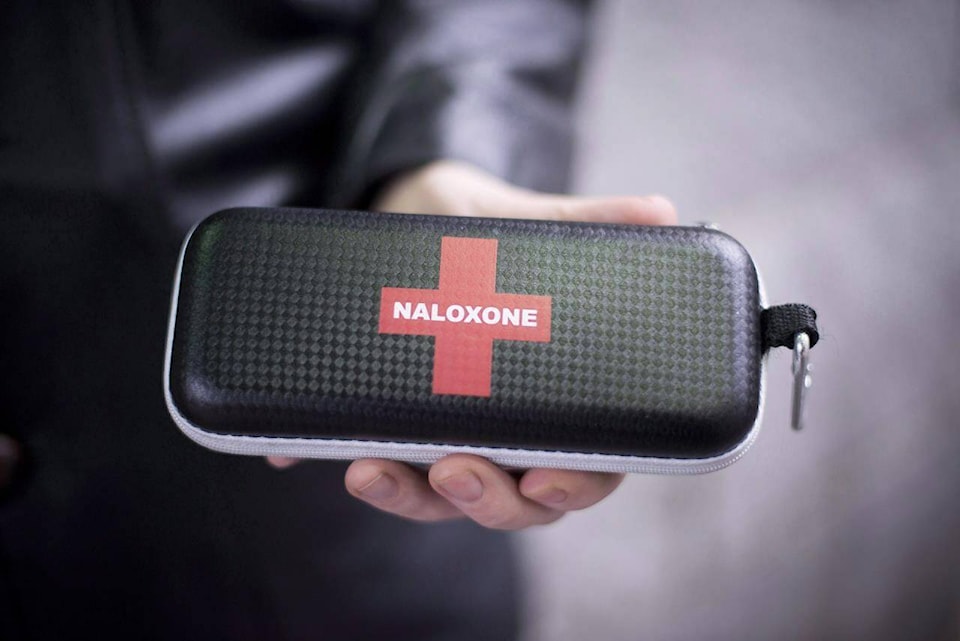One of the most contentious issues in Canada, certainly in B.C., is the appropriate response to addictions and addicted individuals.
Harm reduction refers to techniques to provide safe consumption of drugs, including supervised injection sites and overdose prevention sites. Safer supply, launched in B.C. in 2021, provides pharmacygrade drugs by prescription to those with substance use disorder and sourced via the illicit street market.
Many advocates are emphatic supporters of both initiatives, while residents of cities plagued with high rates of drug use, and the crime and homelessness that accompany it, are often bitterly opposed.
The disorder playing out in the streets of B.C. cities, however, is but a symptom of a much larger problem. The November report of the Death Review Panel, convened by the B.C.’s chief coroner, estimated that 225,000 people are at risk of death or injury amidst the toxic drug crisis.
The panel noted that the death rate is twice what it was when B.C.’s health emergency was proclaimed in 2016. It doubled down on its previous call for increased safer supply to replace “the unregulated toxic drug supply.” The panel advised that this could most quickly be attained by creating a “non-medical model” of distribution.
B.C.’s minister of mental health and addictions promptly rejected “non-prescription models”, but said that the province’s chief health officer was working on expanding the prescription model.
Lisa Lapointe, the chief coroner, is a supporter of the report by the Death Review Panel. A separate report from Lapointe revealed 175 deaths were due to illicit drugs in September of 2023. That is a decrease of 10 per cent from September 2022, but the report advised it was not yet a meaningful trend.
The report states, “There is no indication that prescribed safer supply is contributing to unregulated drug deaths.”
That is a very low bar to set for safer supply, but even this limited claim is disputed. Seventeen medical and addiction practitioners from across Canada sent a letter to the federal Minister of Addiction and Mental Health.
“[We] are deeply concerned about the continuing rise in opioid-related hospitalizations and deaths” and Health Canada’s “inadequate response,” the letter reads. “Health Canada’s support and funding of Safe Supply fails to recognize the negative public health impact of Safe Supply programs that we are seeing in our practices and communities.”
These practitioners also say that the safer supply programs commonly prescribe “large doses” of hydromorphone (often branded Dilaudid). These people, “are at grave risk for harm, including addiction, injection-related infections, transitioning to fentanyl and overdose death.”
They write that the federal government is ignoring opportunities to fund and support “accessible, quality Opioid Agonist Therapy (OAT).”
They assert, “OAT [methadone] is by far the most effective public health strategy for reducing opioid overdose deaths and opioid-related hospitalizations.” They further advise that the risks of safer supply can be minimized with supervised dosing of hydromorphone by medical professionals, by co-prescribing OAT with carefully titrated doses of hydromorphone and by coordinating safe supply with OAT providers.
Safer supply, in its current form, is intensifying the addictions of many existing opioid users and compounding the exposure of B.C.’s and Canada’s youth to a horribly addictive and pernicious substance.
Advocates of the existing safer supply system must stop denying the very real dangers it presents. Only then can the threat it poses to the quality of life and to life itself be effectively mitigated for innumerable safer supply victims.
bruce
Bruce W Uzelman, based in Kelowna, holds interests in economics and political science.
